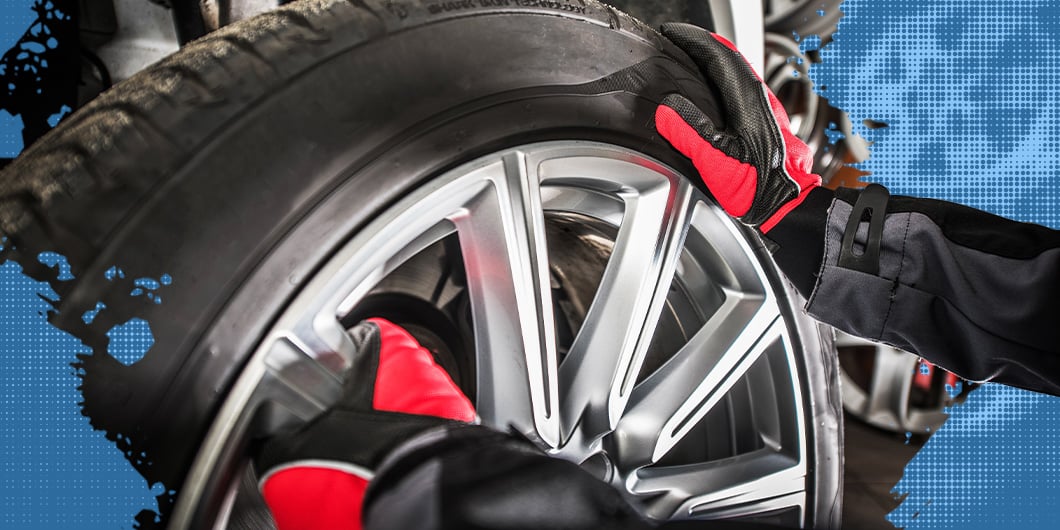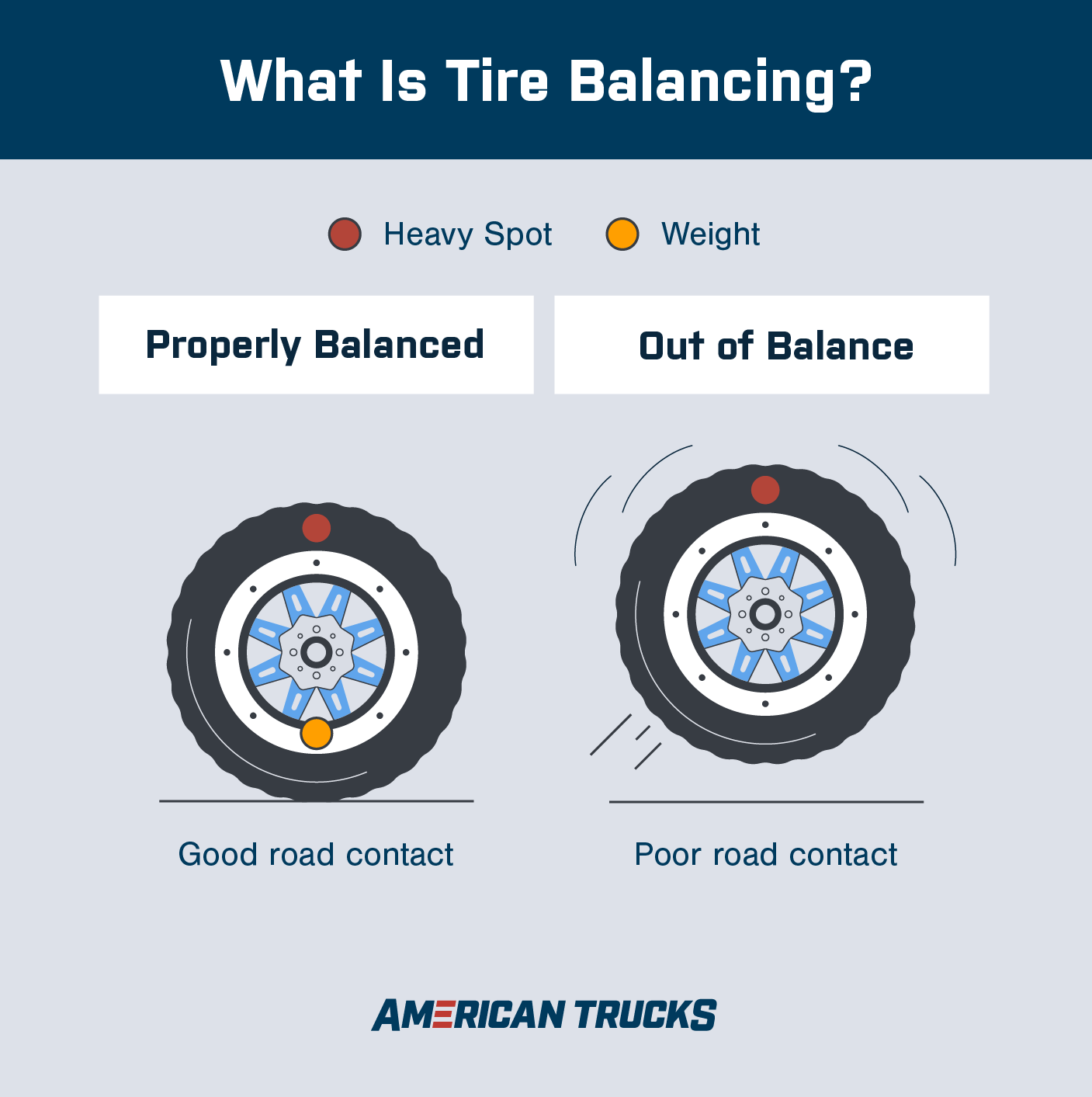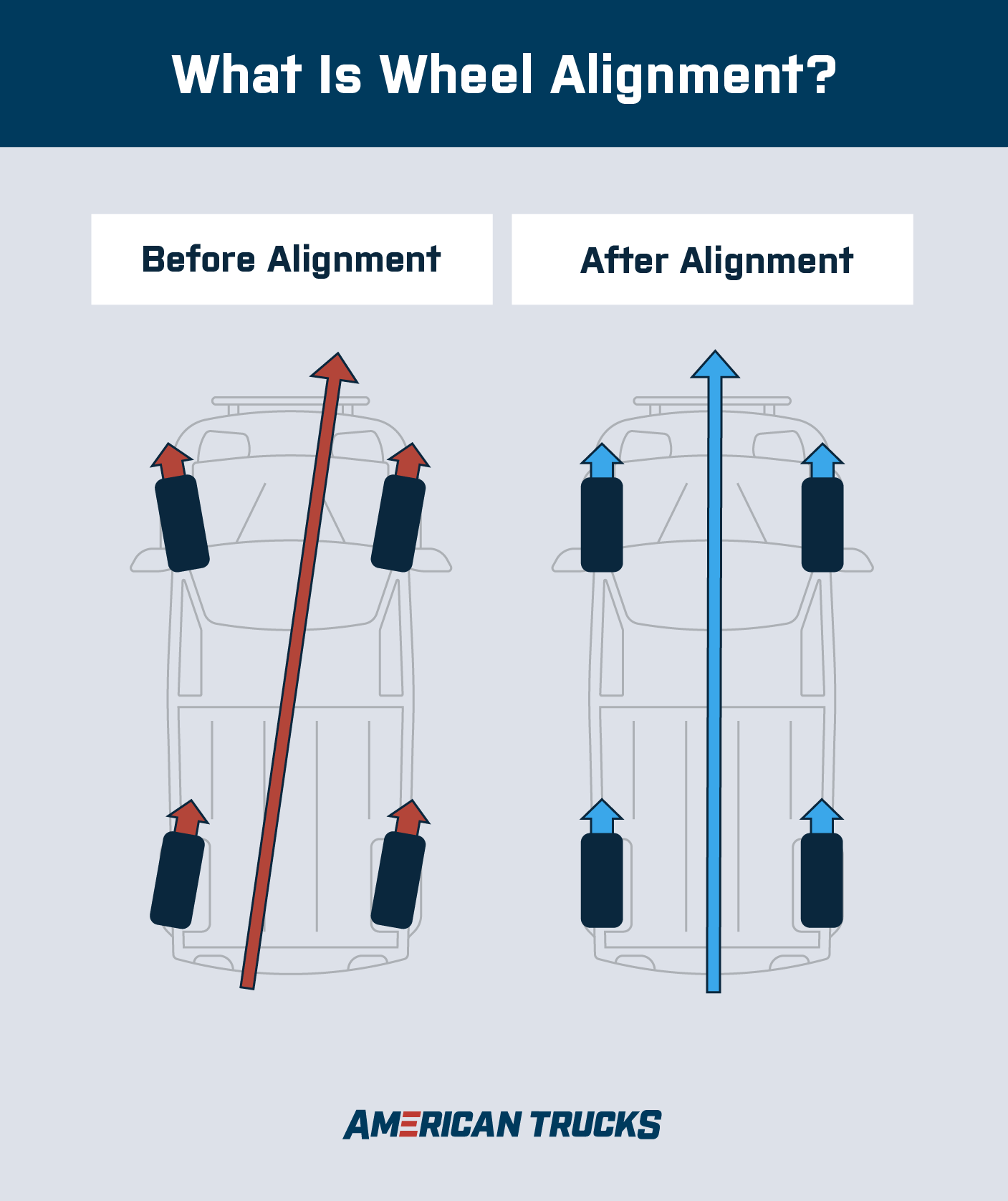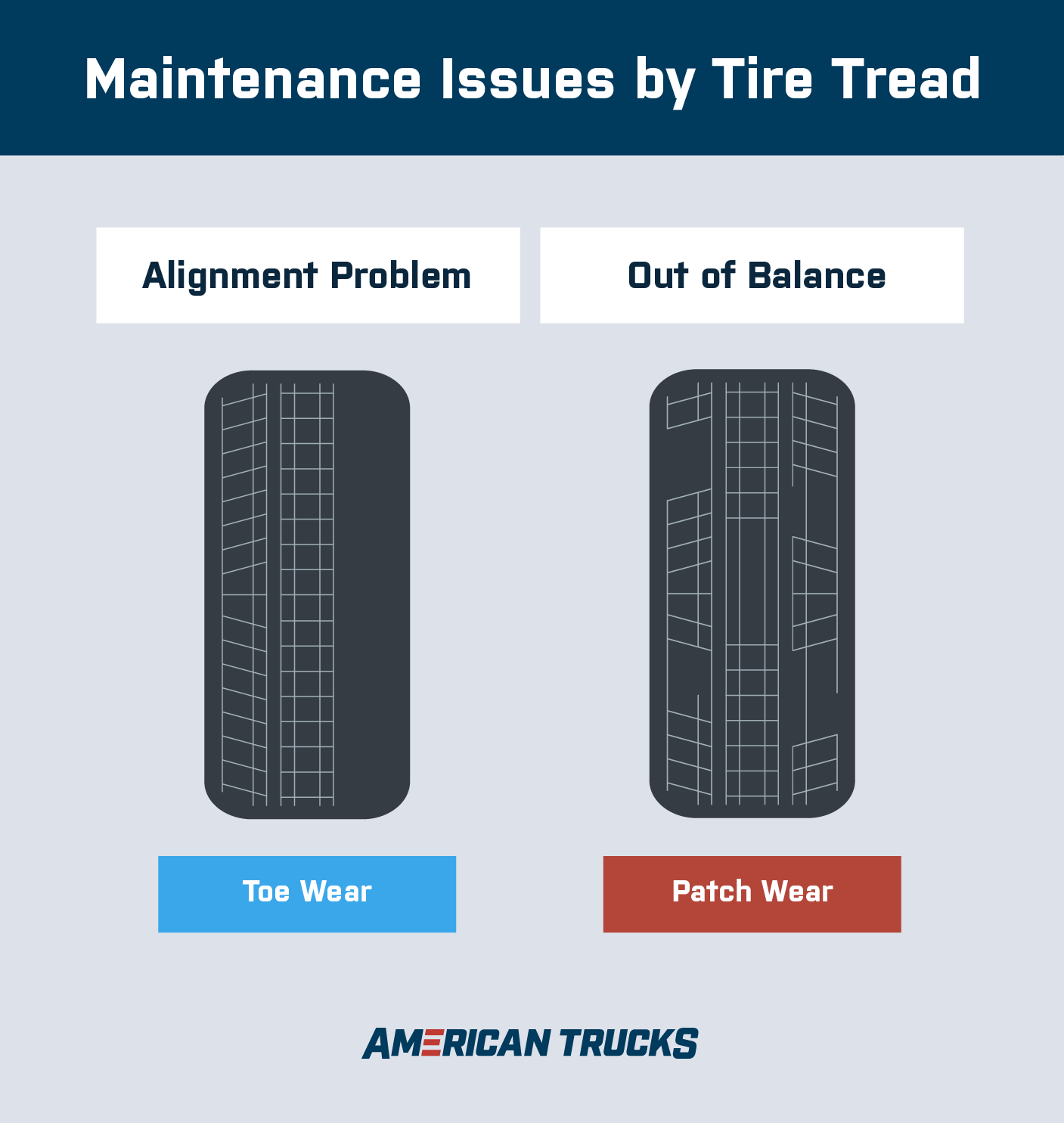Tire balancing and wheel alignment are both services that all vehicles periodically require. However, it's easy for truck owners to get these two types of maintenance confused considering how similar they sound. While both of these services are important for preventing premature tire wear and maintaining your truck's performance, they're two completely different types of maintenance.
Read on to learn more about tire balancing vs. alignment and how to tell which service your truck needs.
Key Takeaways:
- Tire balancing ensures equal weight distribution, while wheel alignment adjusts the angles of the tires.
- Signs your tires are imbalanced include poor fuel economy, vibration, and uneven tread.
- Signs your vehicle is out of alignment include a crooked steering wheel, pulling to the right or the left, vibration, and uneven tire tread.




